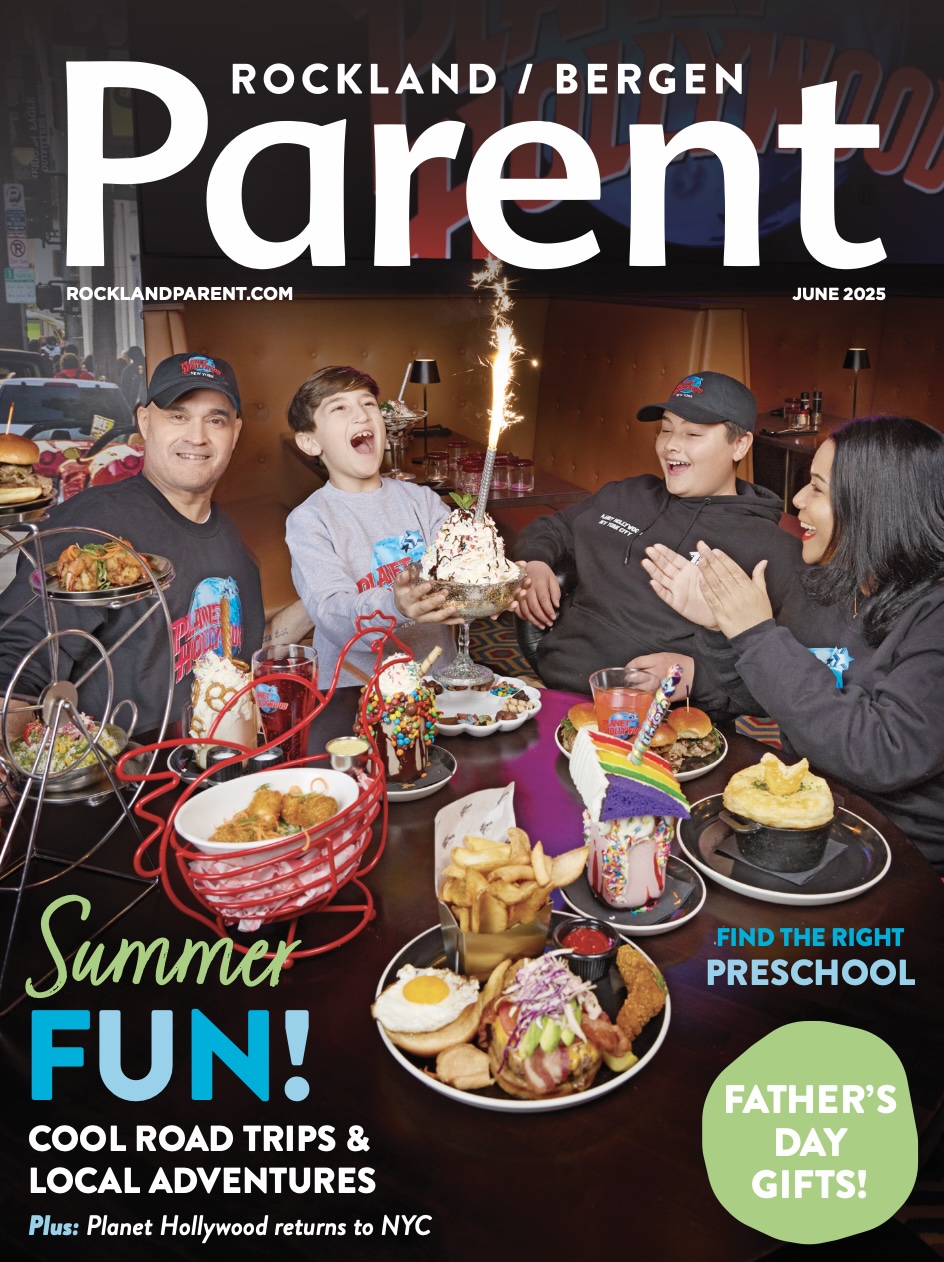Get the Best Family Activities
O: OBSERVE CLOSELY.
Quick observations rely on stereotypes and general impressions. On the other hand, careful observation sharpens awareness, enhances perception and captures more information. Paying close attention—noticing and absorbing details with all senses—increases available raw material for creativity.
S: STICK WITH IT.
Above all, creativity is a process. We need to persist even when tasks or problems are difficult. But knowing when to stop and recharge is also important. Sometimes an impasse can be turned around not by staying relentlessly on it, but by shifting attention to something completely unrelated, then returning to the original task with fresh eyes.
I: IMAGINE.
This is a fundamental habit for creativity: Have fun, play, rearrange, and make it strange! Most ‘new’ ideas just recombine or modify what we already know. Playing around with ordinary connections makes familiar things or ideas appear strange or extraordinary—as if seen for the first time. Imagination, like play, boosts flexible thinking: Existing information (what is) is combined in unfamiliar ways (what if?) and sparks possibilities (what could be). Disrupting routine thinking frees us to see unexpected creative alternatives.
T: TAKE RISKS.
To create is to risk. There is uncertainty about ideas that are different, maybe even wrong. But “mistakes” are necessary to the process as we explore new ways of seeing, thinking, doing, and understanding. Ultimately, fresh insights emerge only if kids feel comfortable with the discomfort of risk-taking.
Y: YOU ARE NOT AN ISLAND.
We live, think, and create in a world that influences us, even as we influence it over time. The cooperative interplay of individual and group experience, intuition, and knowledge expands opportunities for discovery. Collaborating with others sparks ideas in unpredictable ways.
---
These habits of curiosity are not a new skill set, but a playful perspective and the spirit of exploration that all children already have. The natural impulse to know new things enhances lifelong creative thinking, cognitive understanding, and social-emotional skills like independent thinking, self-awareness, and other-awareness (empathy). Creativity encourages children to learn from and transform their world in personally meaningful ways every day.
Want some tips about how to encourage curiosity and creativity in your child? Diane has you covered! Check out these 7 easy tips to inspire your child to be curious and creative.
Diane Rosen is a New York-based artist, writer, and educator who has taught English and Studio Art at secondary and college levels, emphasizing curiosity as a universal driving force in the creative process across disciplines. She earned her M.A. in English Education at Teachers College, Columbia University, and studied painting in Paris on a French Government Fellowship. Rosen’s book, “Bringing Inquiry In: A Curriculum Guide,” was published by SPI Press, Teachers College, in 2010. Visit Diane's website to learn more.





